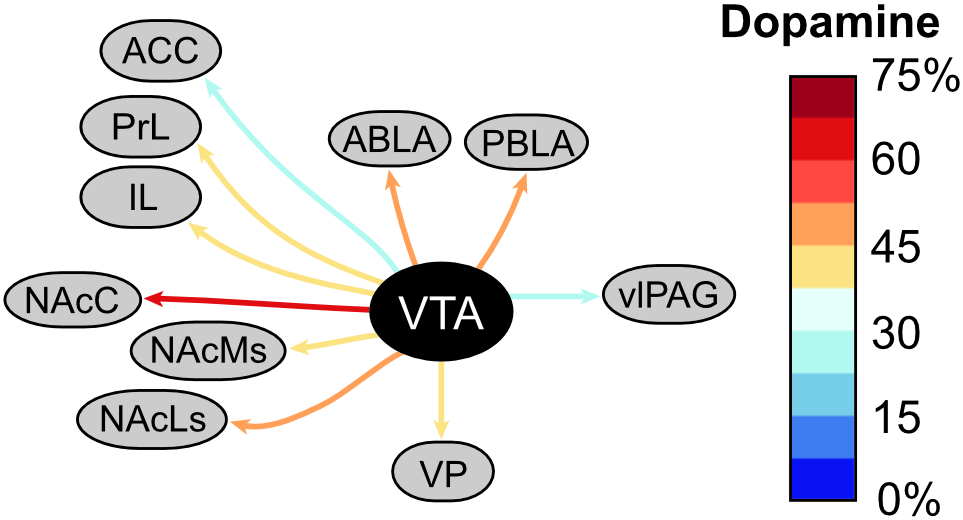Neurobiology of Addiction: Circuits, Neurophysiology, and Pharmacology
Department of Neurology, UCSF


Behavior is energized by motivations and shaped by either positive (rewarding) or negative (punishing) outcomes. Opioids in the CNS play a major role in motivation and can drive experiences of either reward or punishment. Understanding how opioids contribute to these processes requires identifying the neural circuits responsible for these processes and then determining how opioids act synaptically on the component neurons of the relevant circuits.

At the center of the circuits we study are the ventral tegmental area (VTA) and the lateral habenula (LHb). The VTA is the source of dopamine in the reward circuitry of the brain. We are investigating how they change in disease states and following drugs of abuse and/or stress, with the goal of identifying a target for a treatment for alcoholism and addiction. We also complete pharmacological ex vivo screening to probe the heterogeneity of VTA neurons and conduct detailed anatomical and morphological analyses of the circuits and neurons of this brain region. The VTA neurons are rich in neuropeptide receptors, especially opioid receptors, enabling us to utilize acute brain slices to differentiate GPCR pharmacologies that have been difficult to detect in heterologous systems. This method of testing compound pharmacology in real brain tissue at the single neuron, physiological level, gives us the opportunity to more accurately predict in vivo activity at the behavioral level than heterologous systems. Together, this ongoing research informs our understanding of the normal and compromised function of the motivational circuits through the VTA and LHb, with the goal of identifying new molecular targets for therapeutically modulating these circuits.
synaptic physiology, pharmacology, G protein coupled receptors, neurocircuitry, neuroanatomy, behavioral pharmacology, addiction, alcoholism, electrophysiology, systems neuroscience, neuropeptides, neuromodulators, opioid peptides, opioid receptors, GABA-A receptor